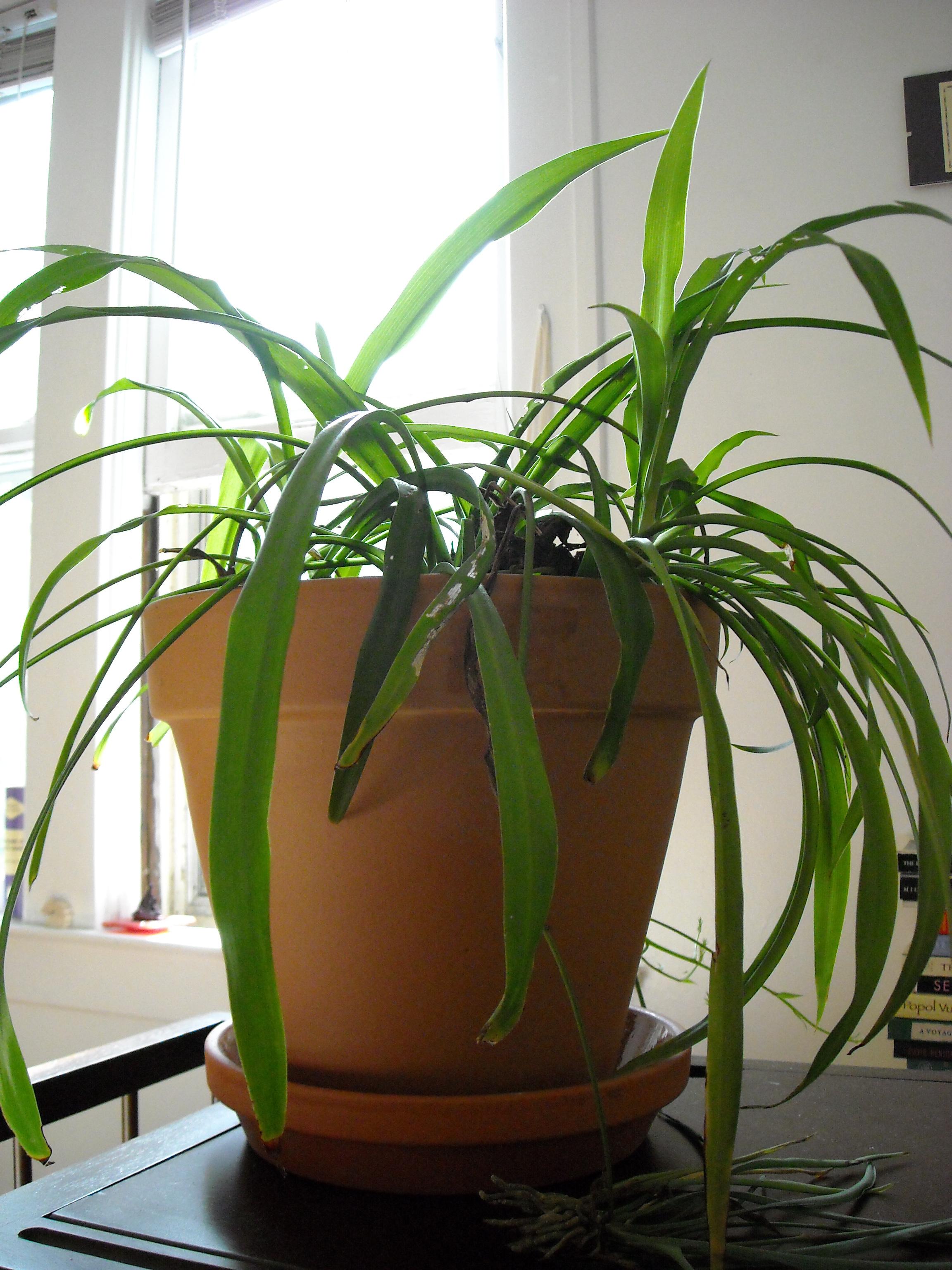Keeping Your Indoor Container Plants Alive


The secret to success with indoor gardening is to provide the right conditions for your plants. You also have to be sure to maintain the plants by giving them the kind of care they require. Let's learn more about keeping your indoor plants alive.
Providing the Right Conditions for Indoor Plants
Water
Don't get carried away with watering and drown the plants. And don't ignore your plants so they dry up before you even notice they're dead. If you have a hard time remembering who needs water and who needs food, create a calendar or use the refrigerator for reminder notes. Remember not to water every week throughout the year. During the winter, most plants slow their growth and don't require as much water or care. They hibernate so to speak. Pay attention to the directions, especially those that say things like "allow to dry between watering" or "keep evenly moist."
Humidity
For a lot of indoor plants, humidity is just as important to them as water is. Some truly need a humid environment and inside a home, the bathroom is perfect for this. Sometimes a simple mister is great if the plant doesn't require constant humidity. Sometimes, it's even easier to provide the needed moisture by putting gravel at the bottom of the planter and setting the planter into its dish filled with water. Keep in mind how in the winter your throat gets drier in the house. Well, so do plants.
Temperature
When you have flowering plants, they have very strict requirements for the day and night temperatures in order to bloom or preserve the blooms already present on the plant. Orchids, for instance, are extremely touchy about temperatures. If your plants don't flower and only provide foliage, the requirements are less strict. The best temperatures for most plants range between 55 and 75 F. (13-24 C.). As long as the directions for the plant say things like "cool," "high," or "average," they fit in that temperature range. Just like in outdoor habitats, indoor plants prefer cooler temperatures at night.
Light
Another factor to consider for indoor plants' well-being is the light level in the home. For instance, a polka-dot plant prefers higher light levels and with less light, it might not die, but its stems become longer and the leaf growth is slowed. The plant generally starts looking pretty ragged. Plants that prefer lower levels of light might show brown or burned leaves and spots when placed directly in sunlight. Then there's the easy group of plants that prefer medium light levels. They can put up with the widest range of light and temperatures. Remember that plant leaves turn toward the light, so you should try to make the most of photosynthesis. When you find your plants leaning toward a window, turn them every week or so. This will give you a more symmetrical plant.
Fertilizer
Remember, don't over-fertilize. This can result in lush growth, but it will also require more repotting and attract more pests. However, don't under fertilize. If you do, your plants might look a little peaked. There is a happy medium with fertilization. You will want to use a soluble fertilizer three times during a growing season (spring and summer are the growing seasons). Be sure to read directions though; some plants require more than others.
Pest Problems
Unfortunately, just as with outdoor plants, indoor plants attract pests as well. These pests will find their way indoors. The cause is usually cultural. For instance, if you put the plant in the right place with the right humidity, temperature and light, you shouldn't have pest problems. If you put the plants where they don't belong, they are removed from their normal habitat and this makes them prone to pests.
Sign up for the Gardening Know How newsletter today and receive a free copy of our e-book "How to Grow Delicious Tomatoes".
Pruning/Deadheading
You should try to regularly cut or pick off dying flowers, dead leaves, or stems. Some plants very specifically require this. If you have a spider plant, for instance, the little "baby spiders" need to be pruned off and put in water until they root. At that point, you can transplant them. Sometimes you have to bite the bullet and cut the tallest cane stem down to 3 inches (7.5 cm.) just so the shorter stems can take over the plant. As you can see, following the directions that come with your plants would be your first step. Each plant is like an individual person. Every one of them requires different temperatures, light, soil, fertilizer, and so on. Make sure you are giving them the attention they need and your plants should thrive indoors.

Heather Rhoades founded Gardening Know How in 2007. She holds degrees from Cleveland State University and Northern Kentucky University. She is an avid gardener with a passion for community, and is a recipient of the Master Gardeners of Ohio Lifetime Achievement Award.